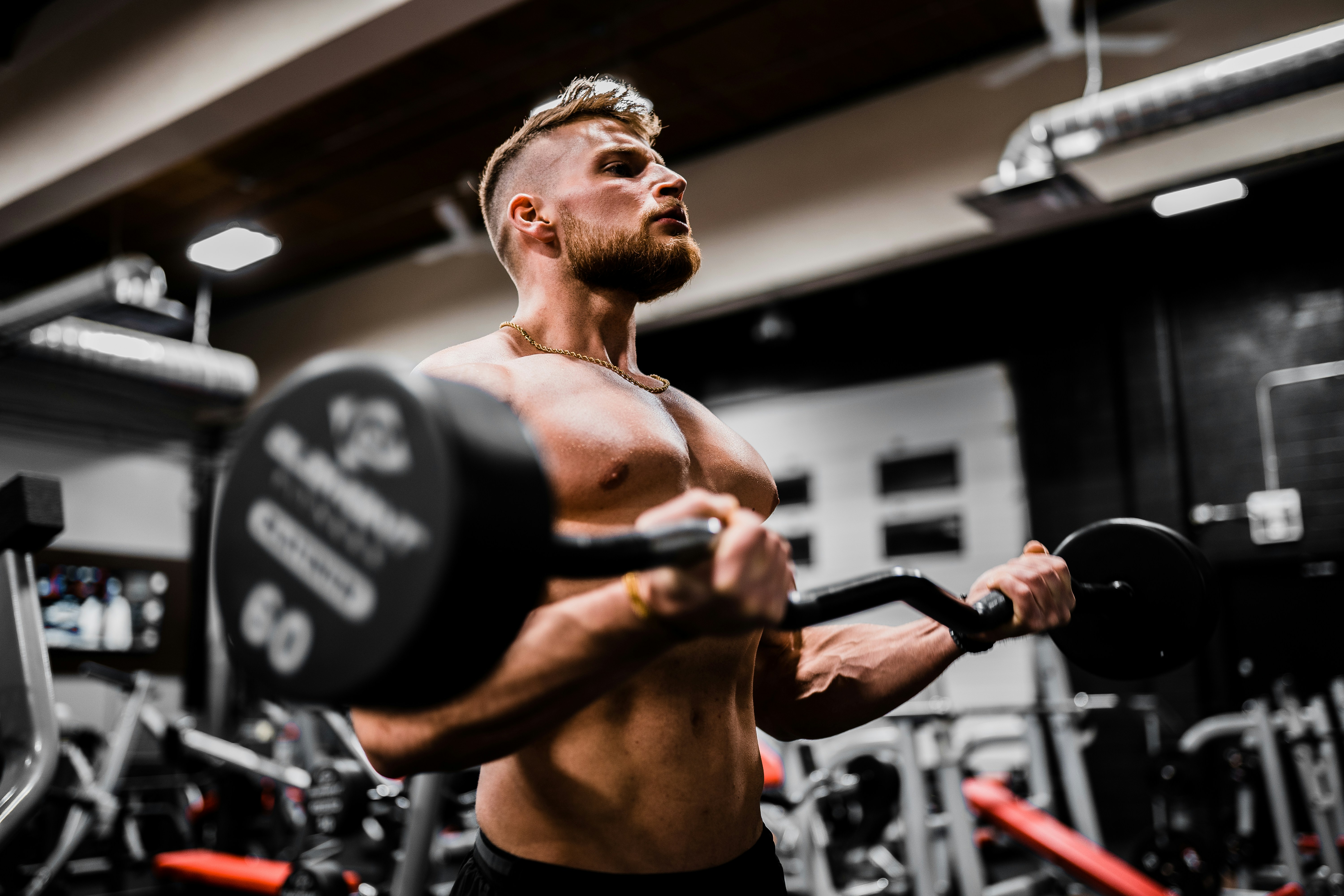Let’s cut the fluff: you want to be strong, lean, and capable. You don’t care about curling in the squat rack or flexing for Instagram. You want to feel good, move well, and not get winded climbing stairs. Fair? Cool. Let’s build a body that actually serves your life—not your ego.
First, Define the Mission
Are you trying to be a professional athlete? No. Do you want to live pain-free, look good in a t-shirt, and not throw your back out carrying groceries? Probably.
Your training should reflect that:
- Functional strength over mirror muscles
- Mobility over stiffness
- Consistency over intensity
The Pillars of a Practical Fitness Routine
- Strength Training (2–3x/week)
- Prioritize compound movements: squats, deadlifts, pushups, rows
- Use free weights or bodyweight—machines are optional
- Go for full range of motion, not max weight
- Mobility + Stability Work (daily)
- 5–10 minutes of joint prep: shoulder circles, hip openers, spine twists
- Add it to your warm-up or do it in front of the TV
- Cardiovascular Conditioning (2–4x/week)
- Walks, hikes, cycling, rowing, jump rope—whatever doesn’t bore you to death
- Mix in some interval work once a week to build heart resilience
- Recovery
- Sleep, hydration, and movement on rest days are your recovery trio
- No recovery? No progress. Simple.
What About Abs?
You already have them. They’re just covered. Do core work (planks, bird dogs, hanging leg raises), but know that visible abs are mostly made in the kitchen.
The Weekly Skeleton Plan (Flexible)
- Monday: Strength + mobility
- Tuesday: Light cardio (walk, bike) + core
- Wednesday: Strength + stretch
- Thursday: Active recovery or light cardio
- Friday: Strength or circuit training
- Saturday: Long walk/hike/play sports
- Sunday: Rest, stretch, chill
Gym Optional
No gym? No problem.
- Use resistance bands, kettlebells, or even your bodyweight
- Train at home, outside, or in your garage
- No excuses. Just movement.
Avoid These Common Pitfalls
- Going too hard, too fast: Leads to injury and burnout
- Chasing soreness: Soreness ≠ effectiveness
- Comparing yourself: Progress is personal
Track What Matters
- How’s your posture?
- Do your clothes fit better?
- Are stairs easier now?
- Is your mood and sleep improving?
These are the real metrics. Not just the scale.
Final Word: Make It Sustainable
If you dread your workouts, you won’t stick with them. Find a rhythm that challenges you but fits your lifestyle. Show up consistently, and the results stack up.
You don’t need to become a gym rat to be strong, athletic, and pain-free. You just need a plan that doesn’t suck—and the guts to follow through.


